For a long time, humans thought we were the only species clever enough to use tools. Because as a species, we’re pretty arrogant. But as scientists study animals more closely, they’re discovering that many creatures are smarter than we ever imagined. From tiny insects to large mammals, animals all over the world use objects in their environment to solve problems and make their lives easier. Some of these tool-using animals might surprise you! Yes, I included chimpanzees in this list, too, because, even though they’re obvious, they are such extraordinary tool users.
Chimpanzees

Chimpanzees are well-known tool users, but their skills go beyond what many people realize. They use sticks to fish for termites, leaves as sponges to soak up water, and even sharpen branches to use as spears for hunting. In some areas, chimps have been observed using stone hammers and anvils to crack open nuts.
Dolphins

Bottlenose dolphins in Shark Bay, Australia, have been seen using sea sponges as protective nose guards while foraging on the seafloor. They carry the sponges on their beaks, using them to stir up hidden prey and protect their sensitive noses from sharp rocks and coral. This behavior is passed down from mother to daughter, showing cultural transmission of tool use.
Octopuses
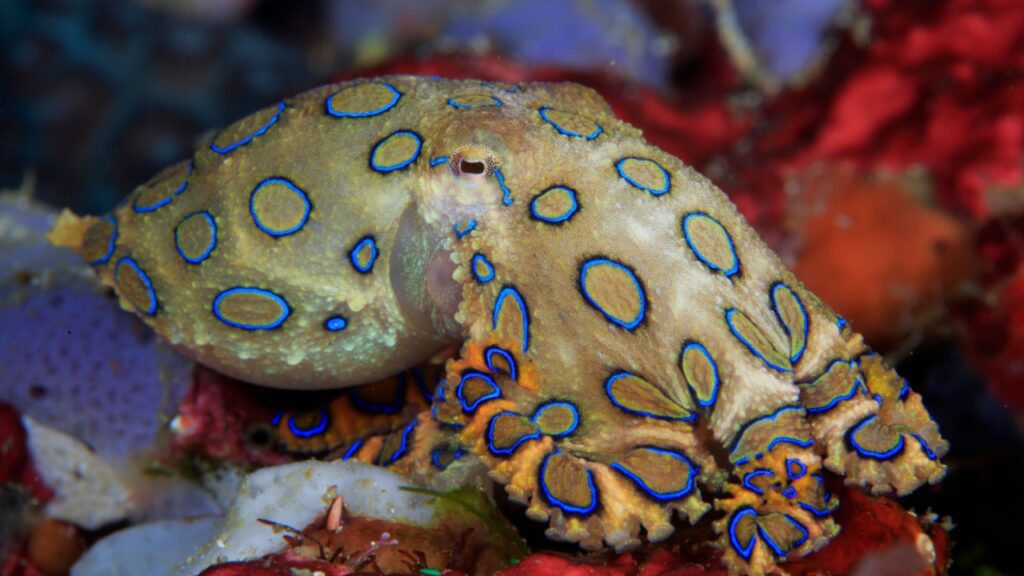
These eight-armed ocean dwellers are known for their intelligence, and they don’t disappoint when it comes to tool use. Octopuses have been observed using coconut shells as portable shelters, carrying them along the ocean floor and then hiding inside when they feel threatened. Some species even use rocks to wedge open stubborn clam shells.
Crows
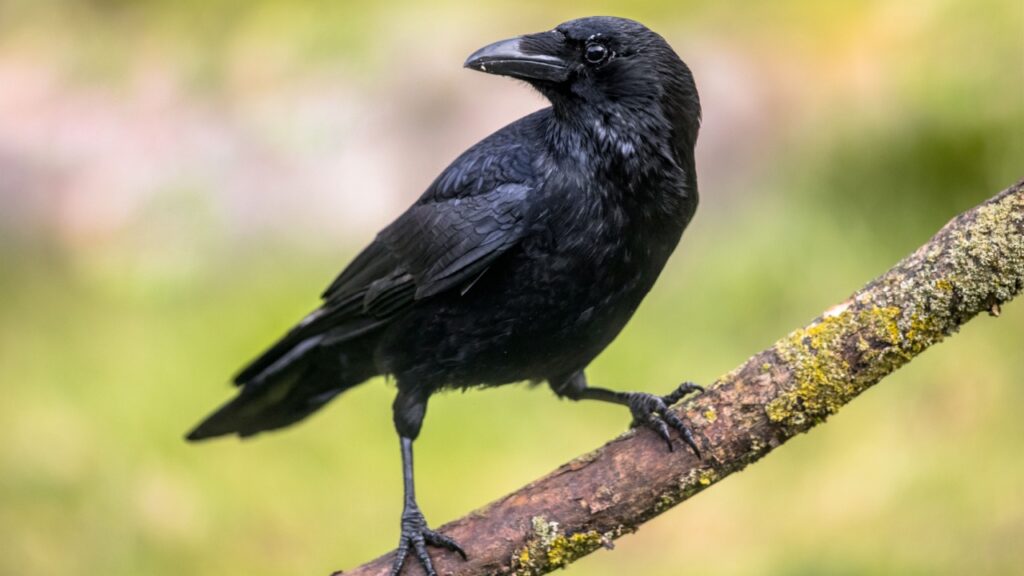
Crows are famously smart birds, and their tool use is impressive. New Caledonian crows craft hooks out of twigs to fish for grubs in tree bark. They can even create tools out of unfamiliar materials and solve multi-step puzzles to reach food, showing a level of intelligence comparable to great apes.
Elephants

These gentle giants use branches to swat flies and scratch hard-to-reach places. In some cases, elephants have been observed modifying branches by breaking off twigs to create fly swatters of the right size and shape. They’ve also been seen using branches to drop food from trees that’s out of trunk’s reach.
Sea Otters

Sea otters are one of the few non-primate mammals known to use tools. They use rocks to crack open shellfish, often balancing the rock on their chest while floating on their backs. Some otters even keep a favorite rock, storing it in a pouch of loose skin under their armpit.
Capuchin Monkeys
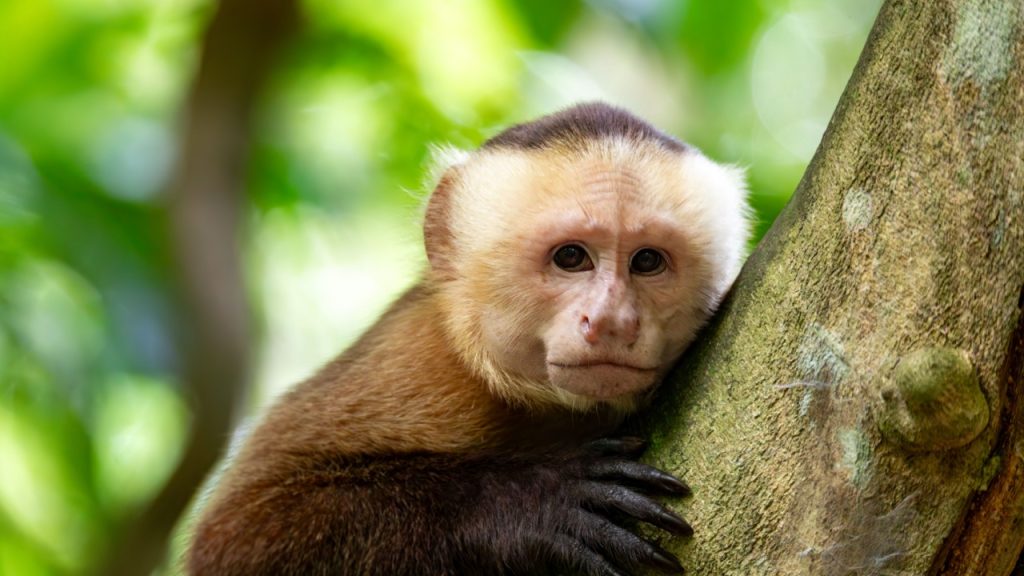
These clever monkeys use stones as hammers to crack open nuts and oysters. In some areas, they’ve been observed using stone hammers and stone anvils together, showing an understanding of how different tools can work together. Capuchins also use sticks to dig for food and probe for insects.
Egyptian Vultures

These large birds have figured out a clever way to crack open ostrich eggs, which are too tough for their beaks. They pick up rocks in their beaks and throw them at the eggs until they break open. This behavior is learned, not instinctive, showing the vultures’ ability to innovate and problem-solve.
Orangutans
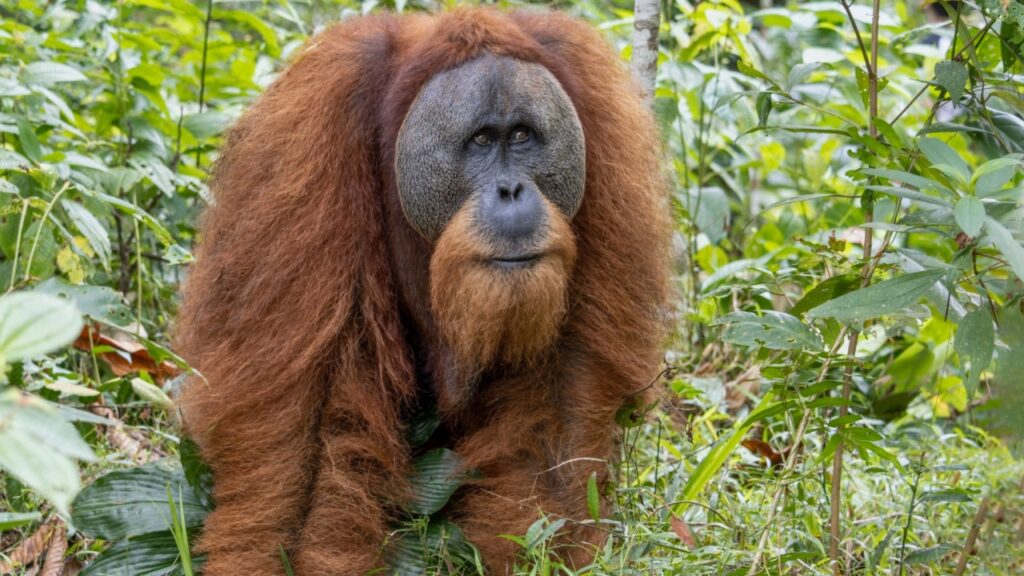
Like their chimp cousins, orangutans are skilled tool users. They use leaves as umbrellas to keep dry in the rain and as amplifiers to make their calls louder. In captivity, they’ve even been observed using sticks to test water depth before wading in, showing an understanding of potential dangers.
Archerfish
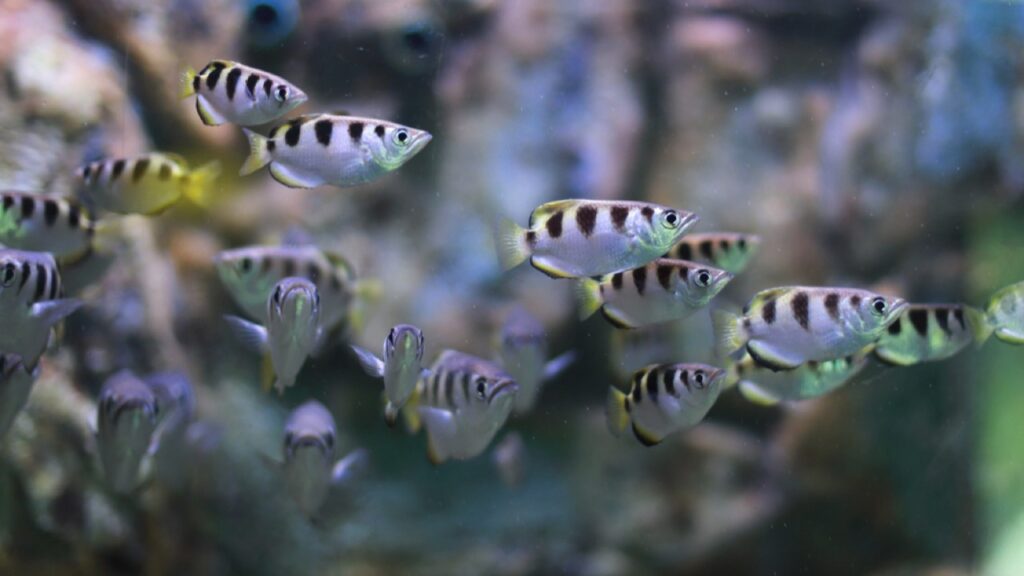
These small fish have a unique way of catching insects above the water. They shoot down their prey by spitting a powerful jet of water from their mouths. The archerfish can adjust the force and angle of their water jet based on the distance to their target, showing remarkable precision in their tool use.
Woodpecker Finches
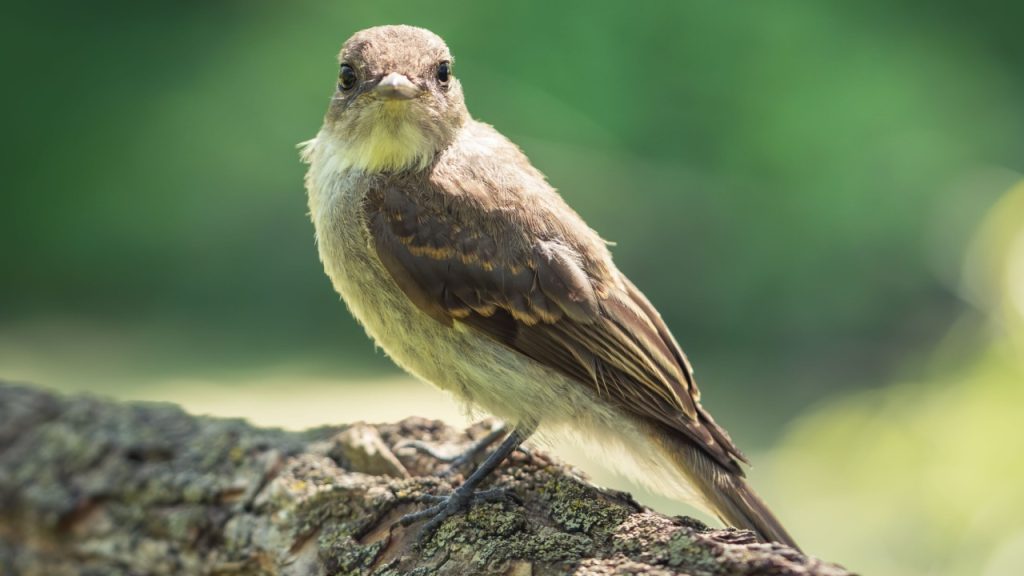
These small birds from the Galápagos Islands use cactus spines or twigs to pry insects out of tree bark. When they can’t reach insects with their beaks, they pick up a twig, trim it to the right size, and use it to dig out their meal. This behavior earned them the nickname “tool-using finch.”
Gorillas
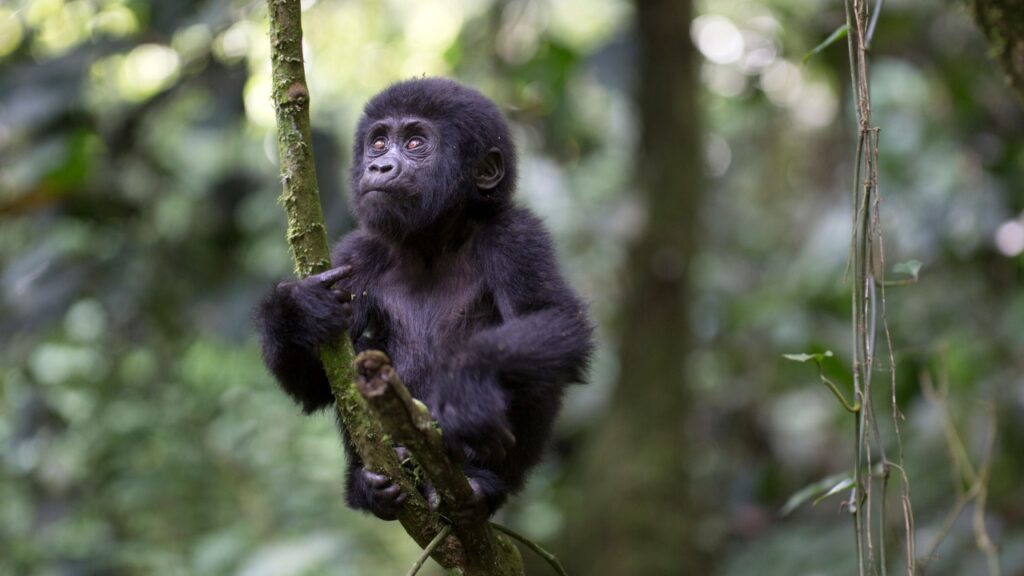
While not as well-known for tool use as chimpanzees, gorillas have been observed using tools in the wild. They use branches to test water depth before crossing streams and sticks to dig for food. In captivity, gorillas have shown even more advanced tool use, including using branches as ladders.
Boxfish
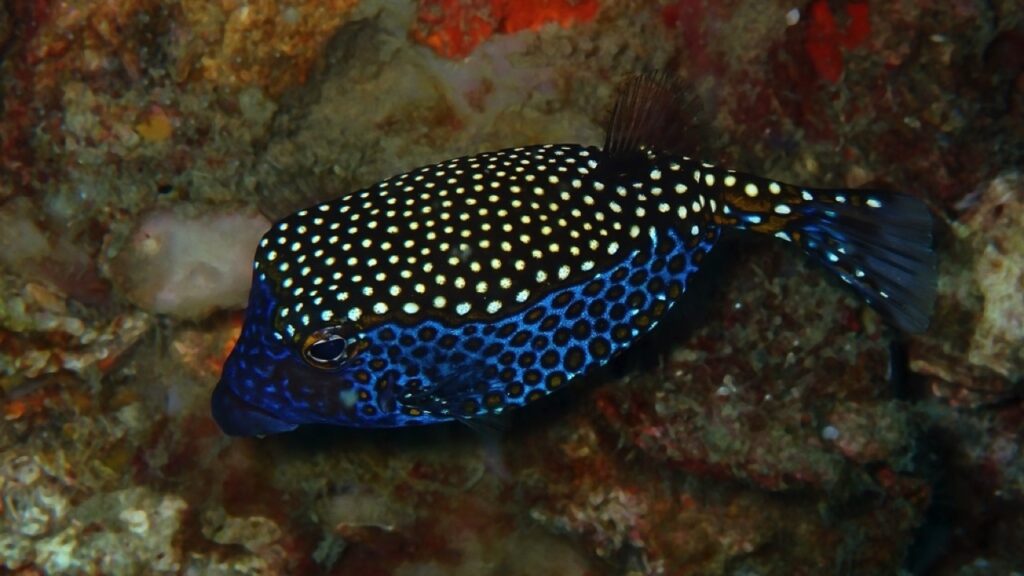
These small, square-shaped fish use jets of water as a tool for hunting. They blow water at the sandy bottom to uncover hidden prey, then quickly swim down to catch it. This behavior shows that even fish can manipulate their environment to help them find food.
Ants

Some species of ants use tools, despite their tiny size. Leafcutter ants use leaf fragments to carry their fungus gardens when moving to a new nest. Other ant species have been observed using grains of sand and small stones to plug holes in their nests or to build barriers.
Crocodiles
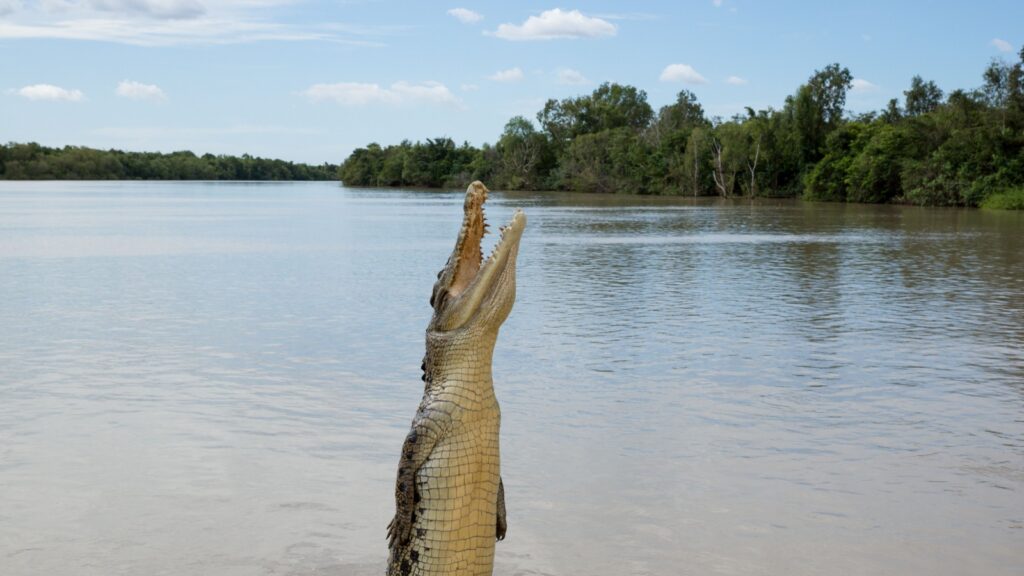
Crocodiles and alligators are so far the only reptiles known to use tools. They balance sticks and branches on their snouts to lure birds looking for nesting materials. When the birds come close to grab the sticks, the crocodiles snap them up. This shows that even ancient reptiles can learn to use their environment in clever ways.



